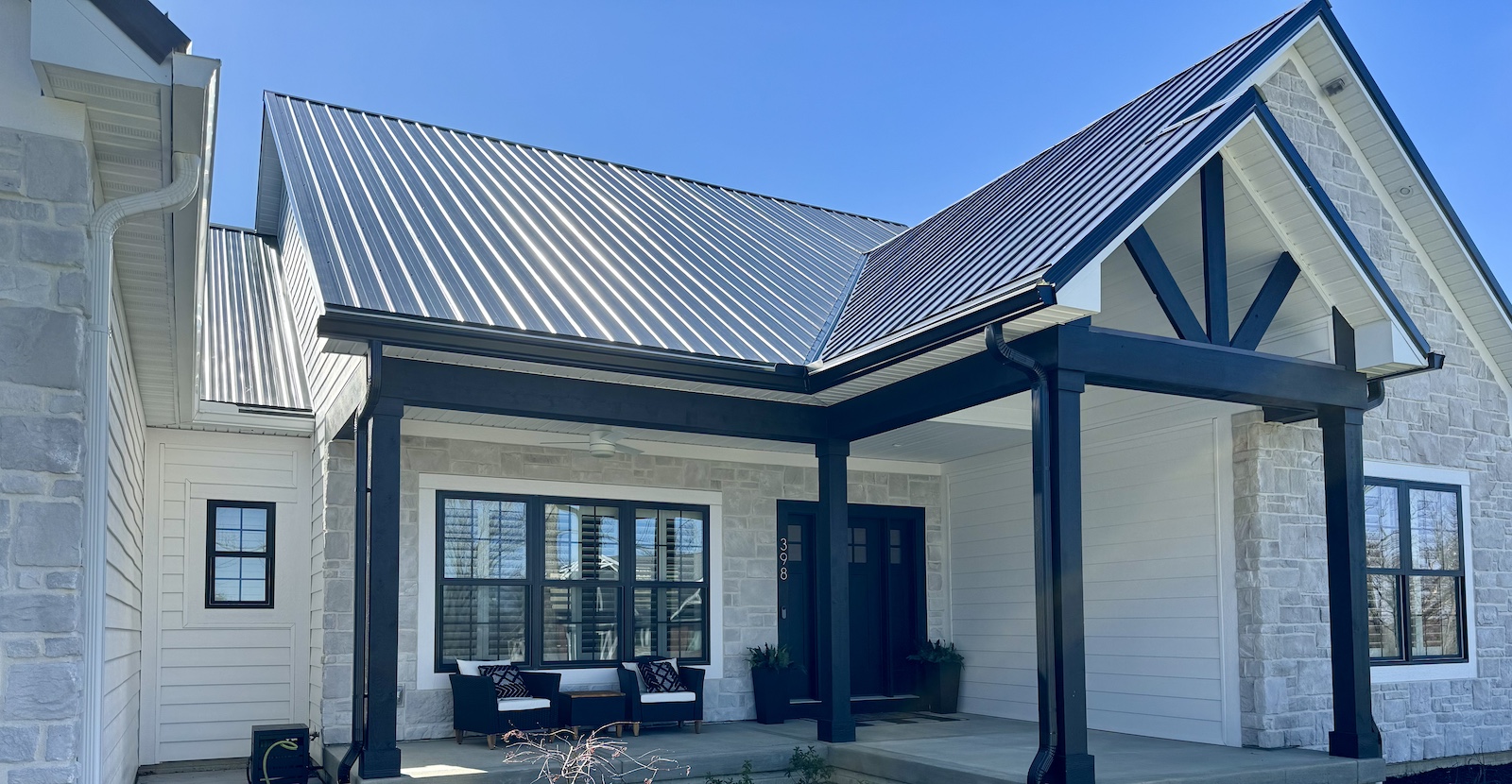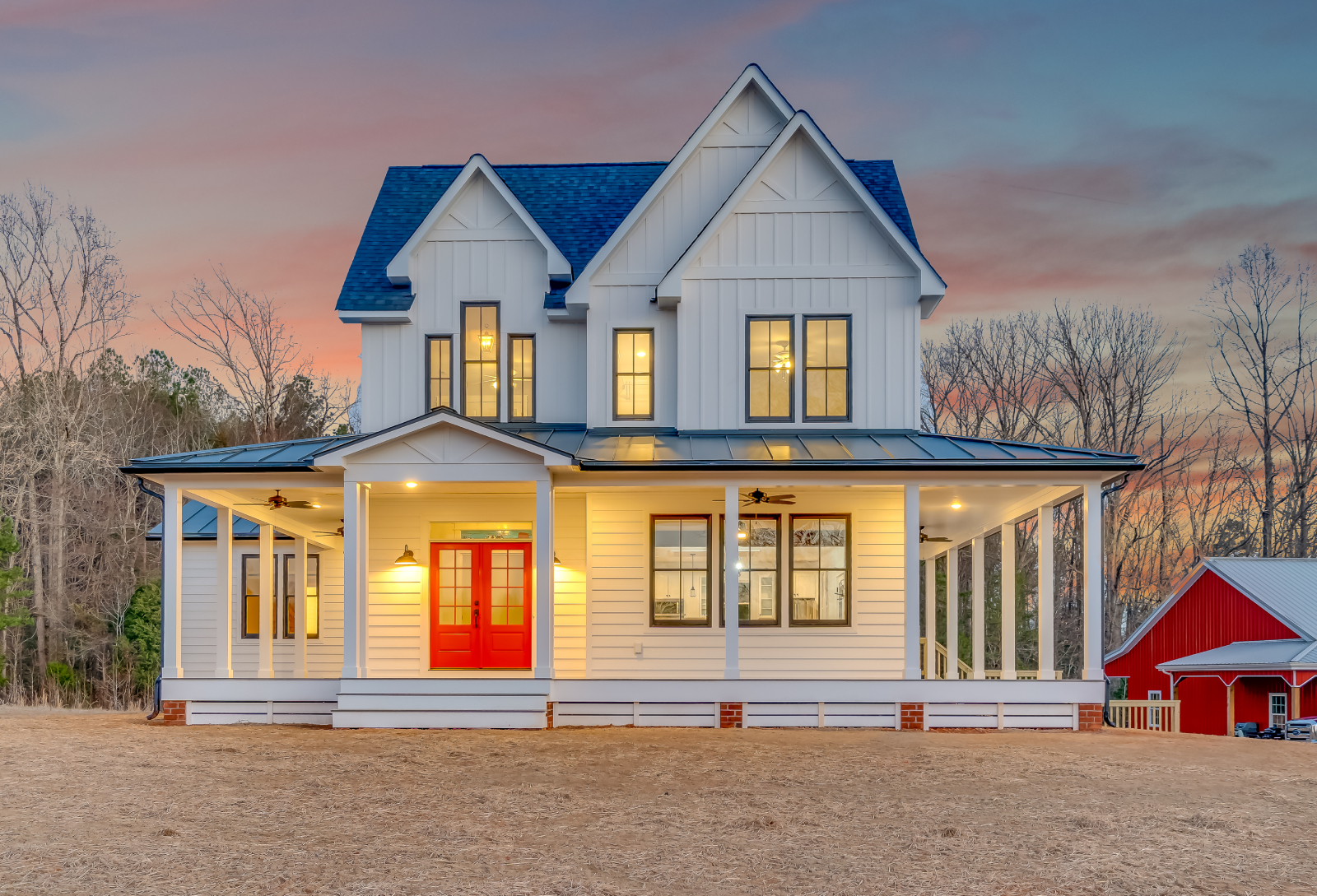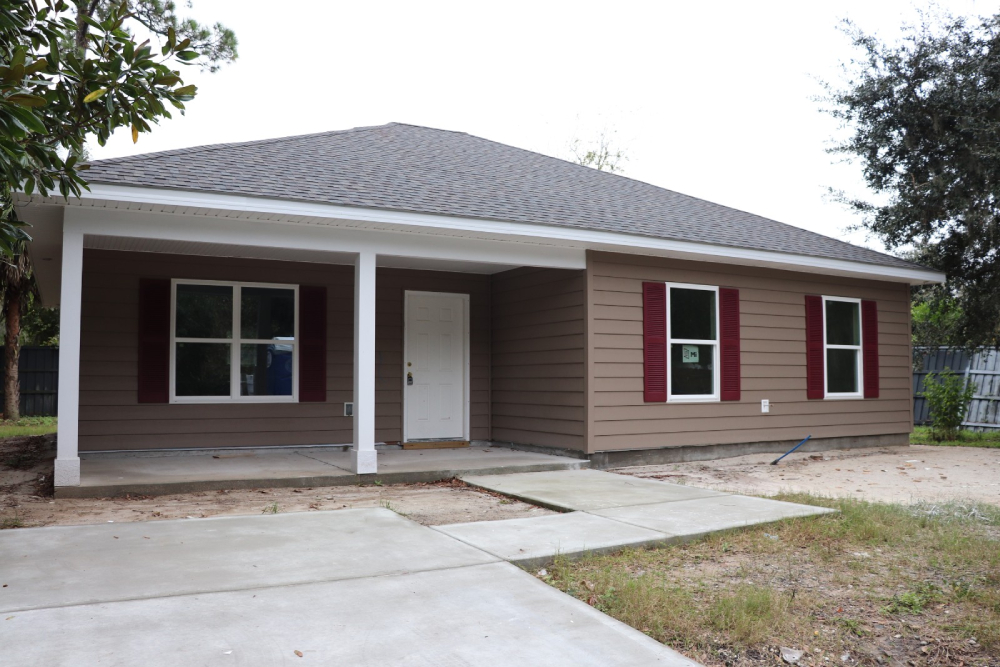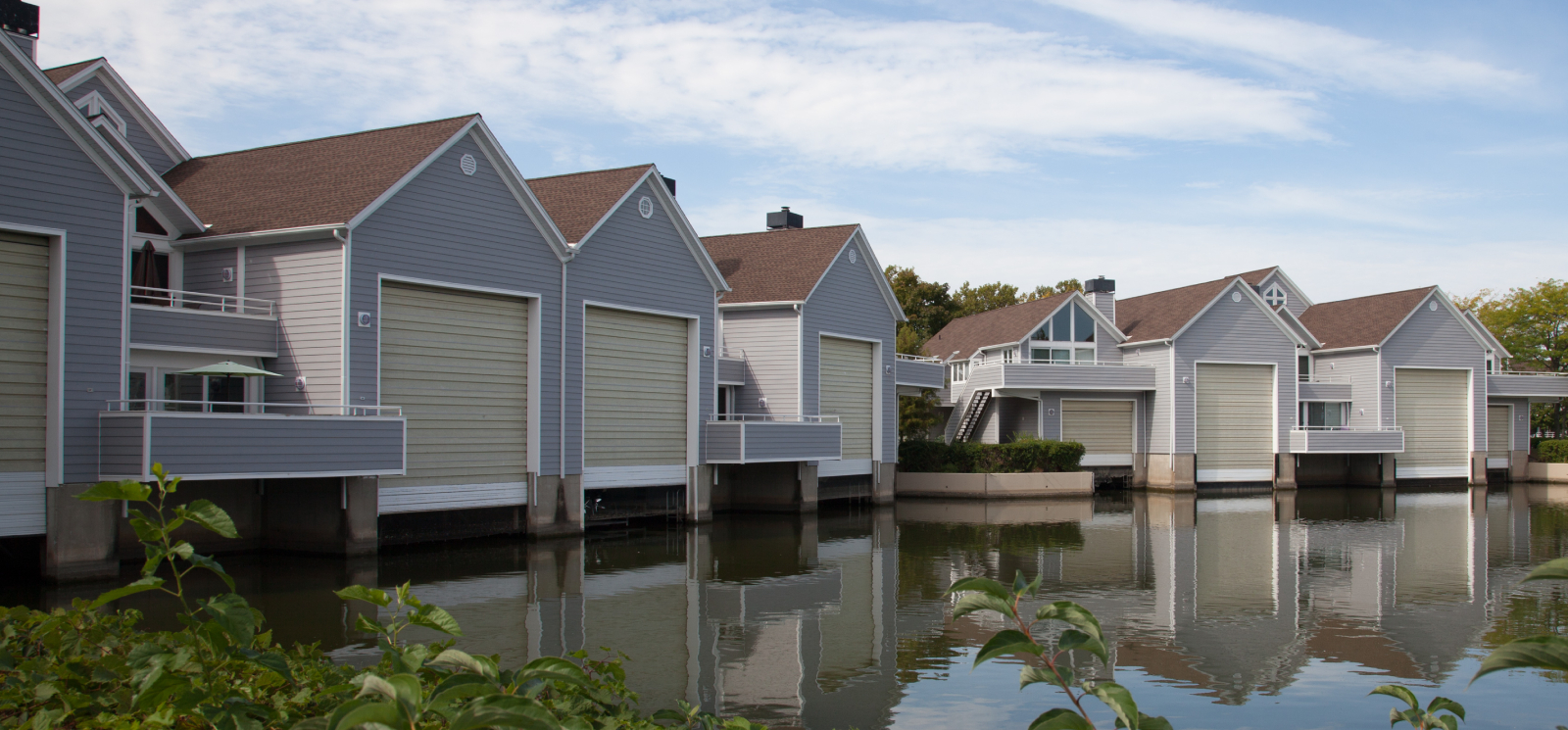Case Study: Canal Winchester, OH
Everlast Siding Triumphs Over Tradition
Canal Winchester, OH
Friday April 12, 2024

Convincing a homeowners association (HOA) to revise the list of approved building materials for their communities often presents a significant challenge for builders, developers, architects, and building product manufacturers. HOAs often have established guidelines and regulations that dictate a certain aesthetic or performance standard for every dwelling within the community. At times, new products that enter the marketplace compel these HOAs to reassess their criteria. Even when that product is proven to enhance the aesthetic and performance of a structure, it is still an obstacle to gain approval.
Everlast Siding Plays Key Role in Landmark
Decision for Local Homeowners Association
This was the case for the Hunters, who were building their new home in a subdivision in Canal Winchester, Ohio. The land was located in a community managed by an HOA that had historically only allowed homes to be constructed with fiber cement exteriors. The Hunters wanted Everlast advanced composite siding on their home because of its multitude of performance benefits, knowing that its appearance would be consistent with other homes in the community. However, its use within this particular community was denied.
“The HOA made it clear that they were fans of fiber cement. They pushed everyone toward using it,” said homeowner Jeff Hunter. “We felt composite siding offered the best of both worlds. It provides excellent resilience against heat, extreme cold, moisture, and impact, and it has the aesthetic appeal of traditional premium siding materials such as fiber cement and engineered wood.”
With assistance from Chelsea Building Products, the manufacturer of Everlast advanced composite siding, the Hunters set out to defend the product to the HOA board by presenting its performance benefits, how it differed from traditional vinyl siding, how it would outlast the fiber cement on other homes in the community, and how its authentic wood grain appearance would not clash with the existing houses.
“We had a few discussions with the HOA and made the case that composites, such as Everlast siding, are not vinyl siding. Granted, PVC is an ingredient, but there are clear differences between the two with composite siding being far superior in terms of durability and looks,” explained Hunter.
Unlike fiber cement and vinyl siding, Everlast siding is designed to last a lifetime with minimal maintenance, reducing long-term costs by not requiring painting. Everlast siding also removes concerns of peeling, flaking, rotting, or cracking. Its durability and longevity can be attributed to its rigid, solid composite substrate incorporating C CORE® material technology and polymer resins, which makes it more durable than other materials. In addition, all Everlast siding planks are embossed with a UV-resistant acrylic capstock and a CedarTouch® finish, delivering an authentic wood grain appearance.
After learning this and reviewing the materials presented by the Hunters and Chelsea Building Products, the HOA recognized the validity in the Hunters’ argument. In the end, they determined Everlast siding was a viable alternative to the fiber cement siding that was the established standard for the community.
The decision was a first in this HOAs’ history.
Upon approval, the Hunters chose Everlast Lap Siding in Natural White. The color choice perfectly complements the surrounding light-colored stonework as well as the dark black design choices for other portions of the exterior, including the garage doors, windows, front door, metal roof, gutters, and trim accessories.
“The siding looks amazing – every bit as good, if not better, than the fiber cement and engineered wood on other houses in the neighborhood,” said Hunter.
The Hunters commended the Chelsea Building Products team for providing support remotely and on-site. Hunter explained how helpful it was to have the Everlast siding product manager speak with the HOA to provide technical information and affirm the case they had laid out to the board. The Everlast siding team also had a technical service representative on site to guide the siding crew with proper installation.
“The installation was simple and straightforward,” said Hunter. “The crew liked the composite siding much more than fiber cement boards because it is lighter, more flexible, and easier to install.”
The Hunter family’s perseverance paid off when the HOA recognized the value of Everlast siding, setting a precedent for future material adaptations within the community.
“I would tell HOAs who forbid composite siding to reconsider. This is a newer type of durable siding that looks just as good or better than other premium siding materials,” said Hunter. “HOAs need to evolve with the building industry and adopt these better solutions.”
The Hunter home was completed in 2023.




